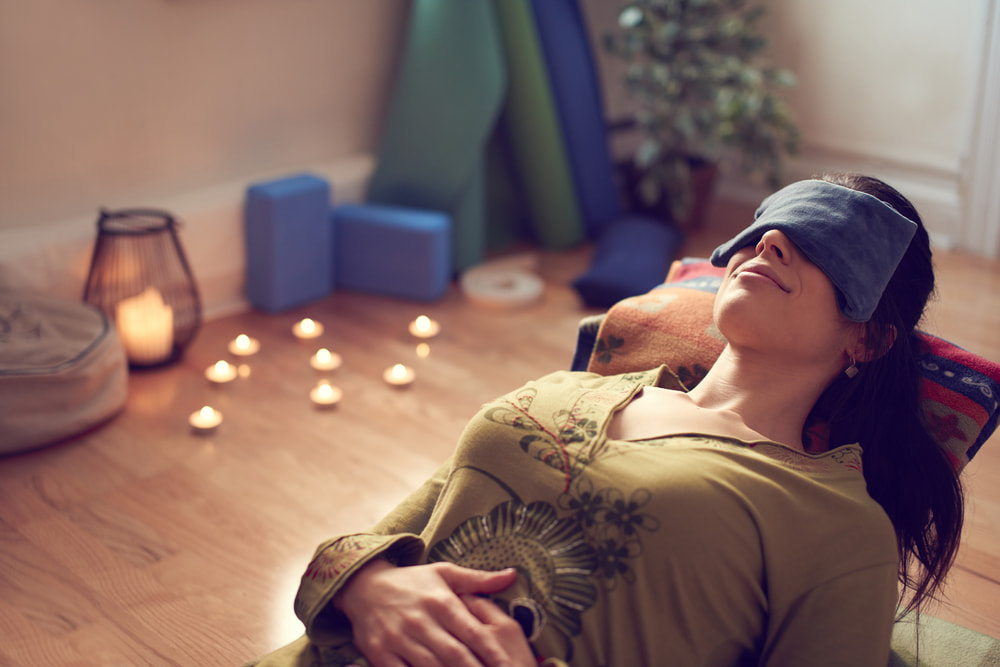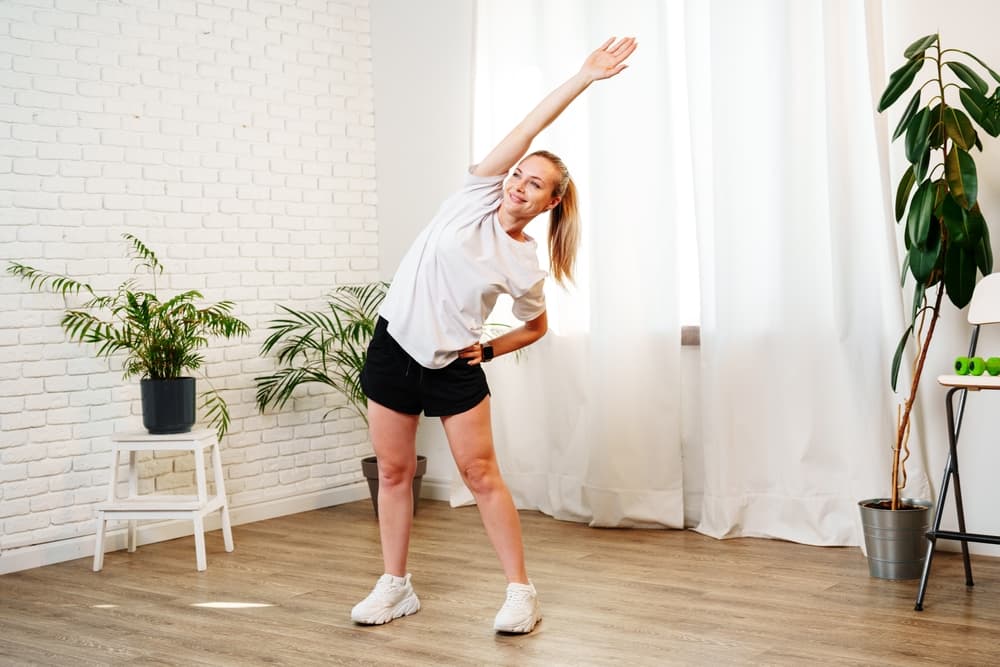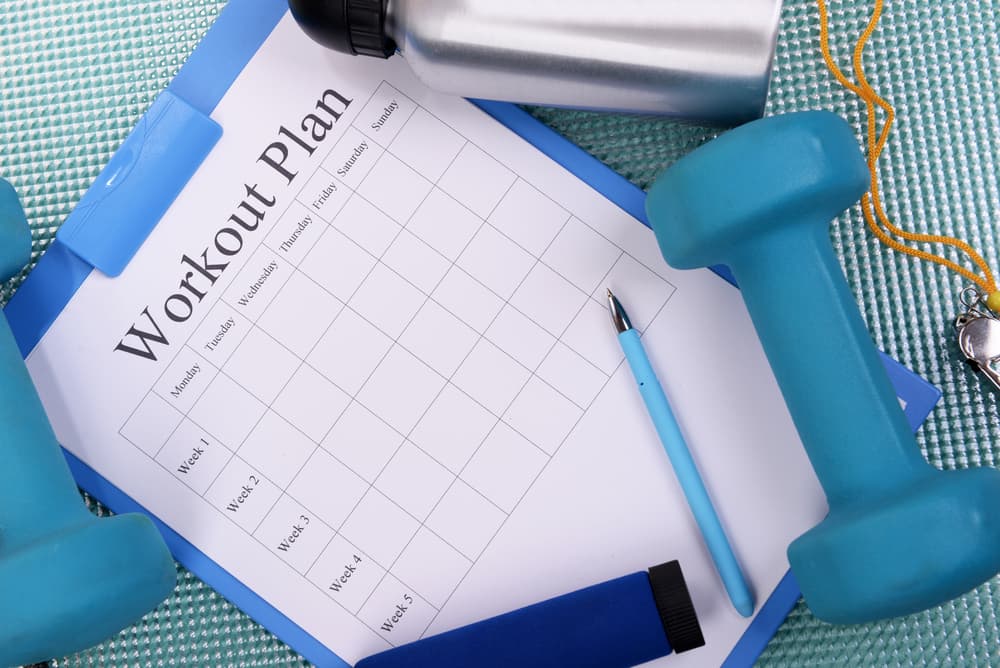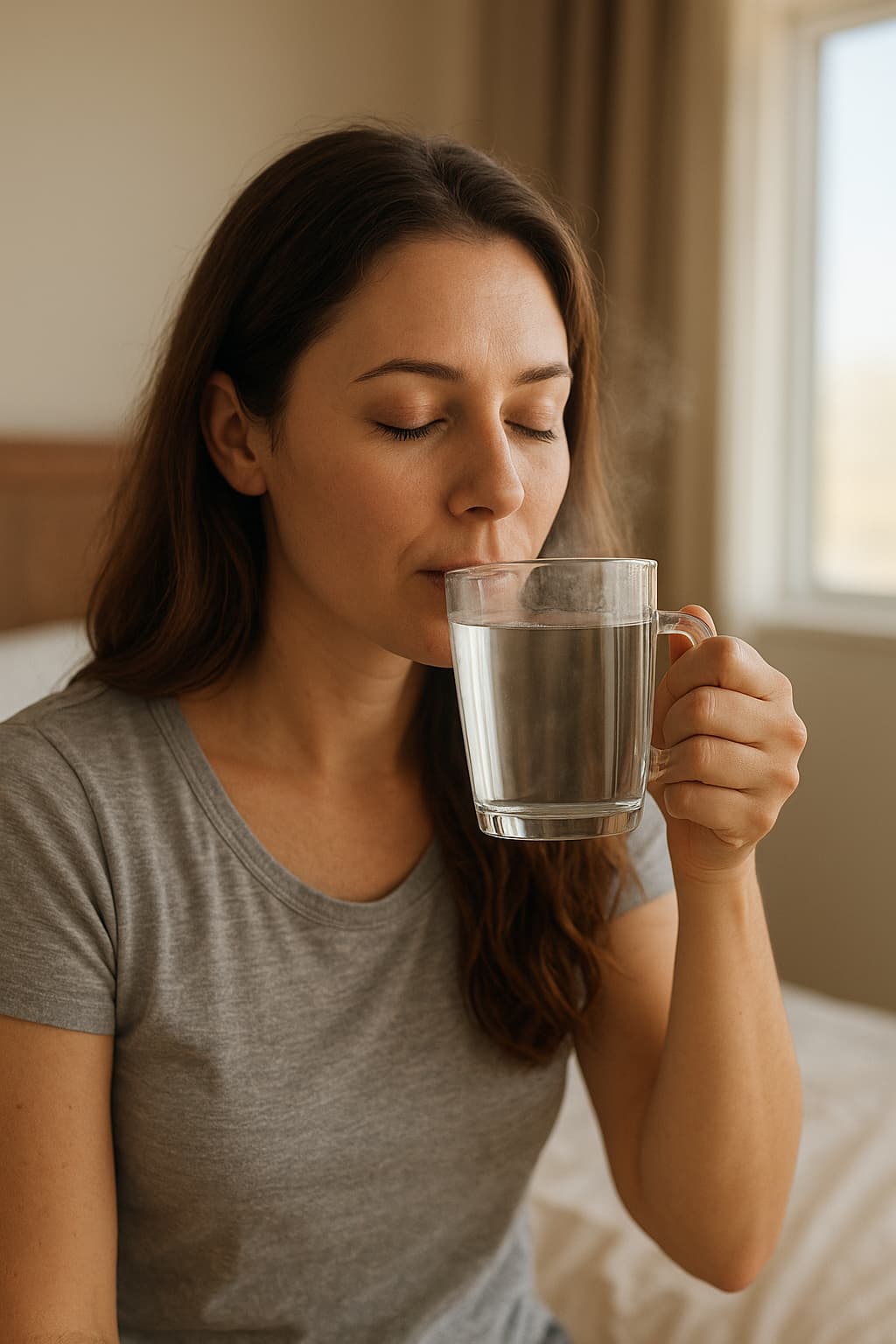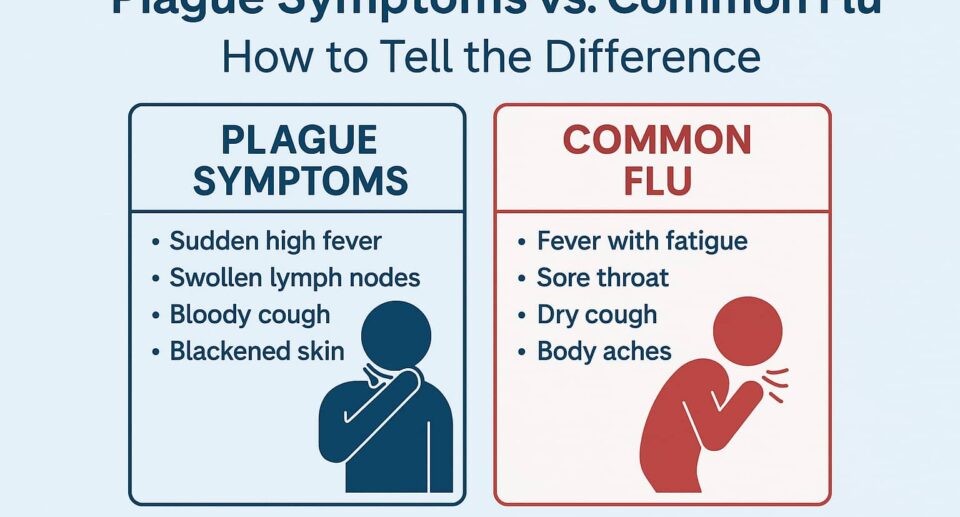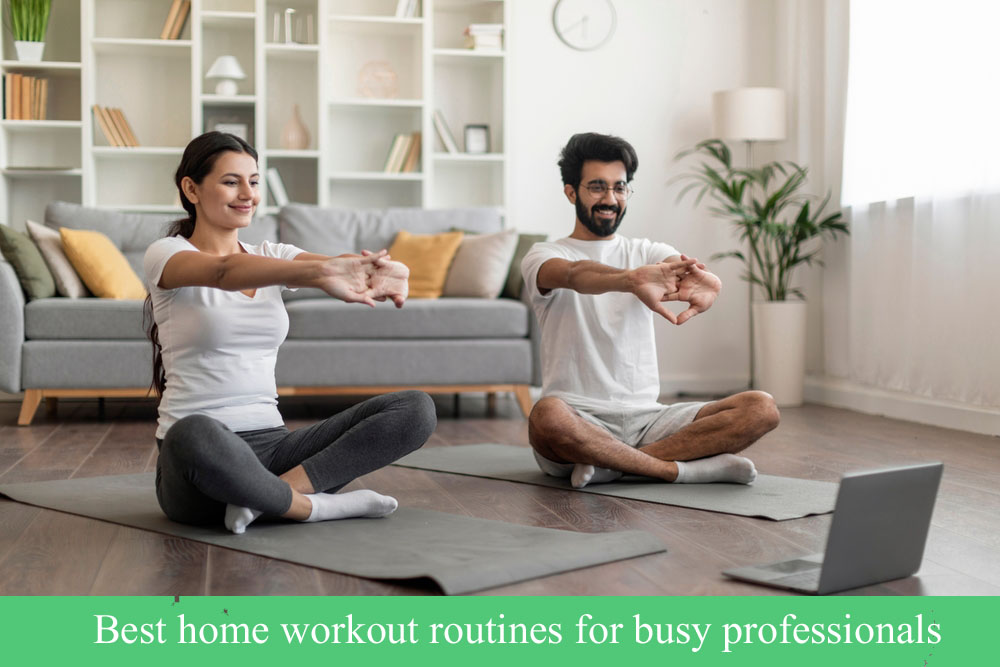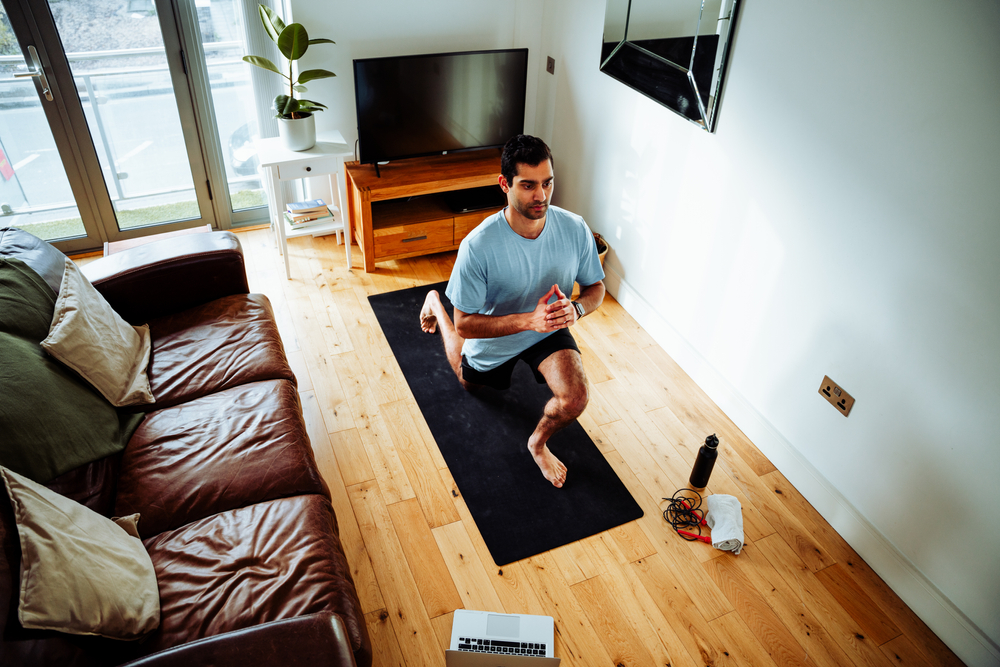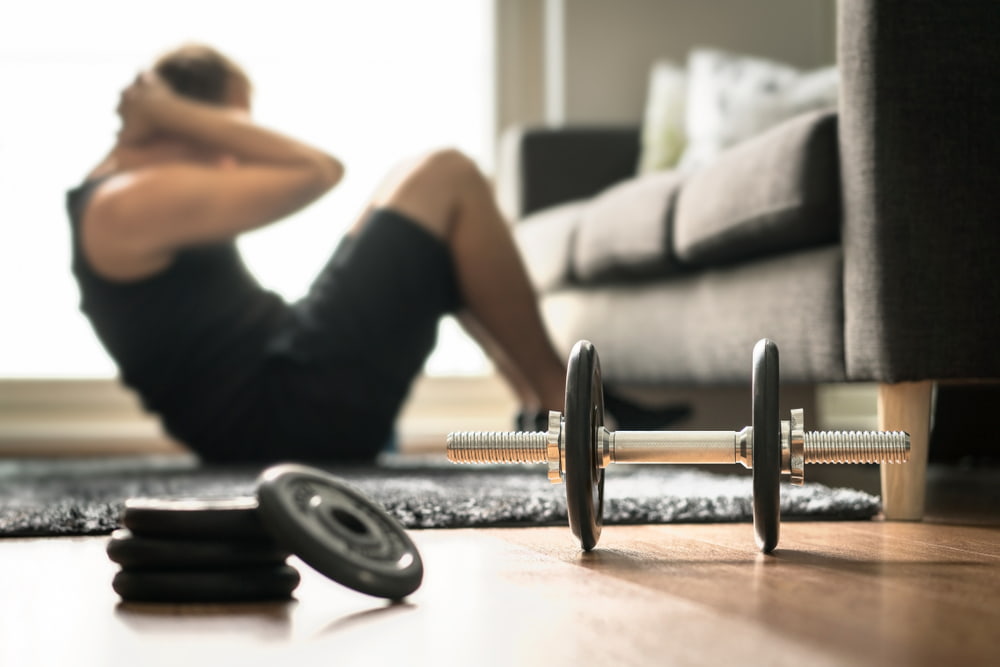Low impact home workout
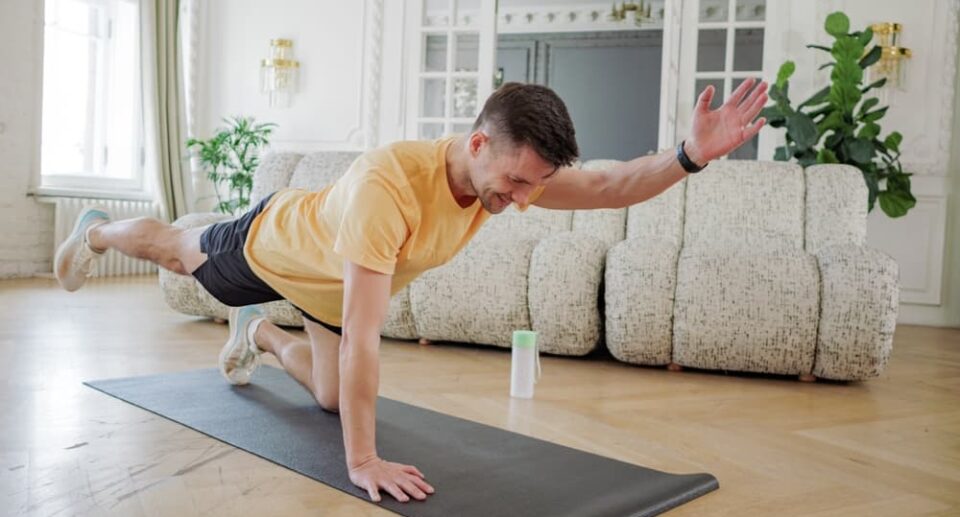

There is no substitute for exercise in maintaining good health in everyday life. However, many people believe that exercise involves lifting heavy weights, running, or any activity that puts a lot of stress on the body. But what if we talk about a type of exercise that keeps your body healthy and strong without causing any injury or additional stress? Yes, there is such a type of exercise, which is known as a low-impact workout or low-impact exercise.
This type of exercise helps maintain physical fitness by reducing stress on the muscles and joints, thereby promoting overall well-being. It is not only beneficial for people new to exercise, but also for those with physical problems, the elderly, and pregnant women. Today, we will discuss why low-impact exercise at home can be the best for you, what its benefits are, and how you can easily start this exercise routine.
The main benefits of low-impact exercise
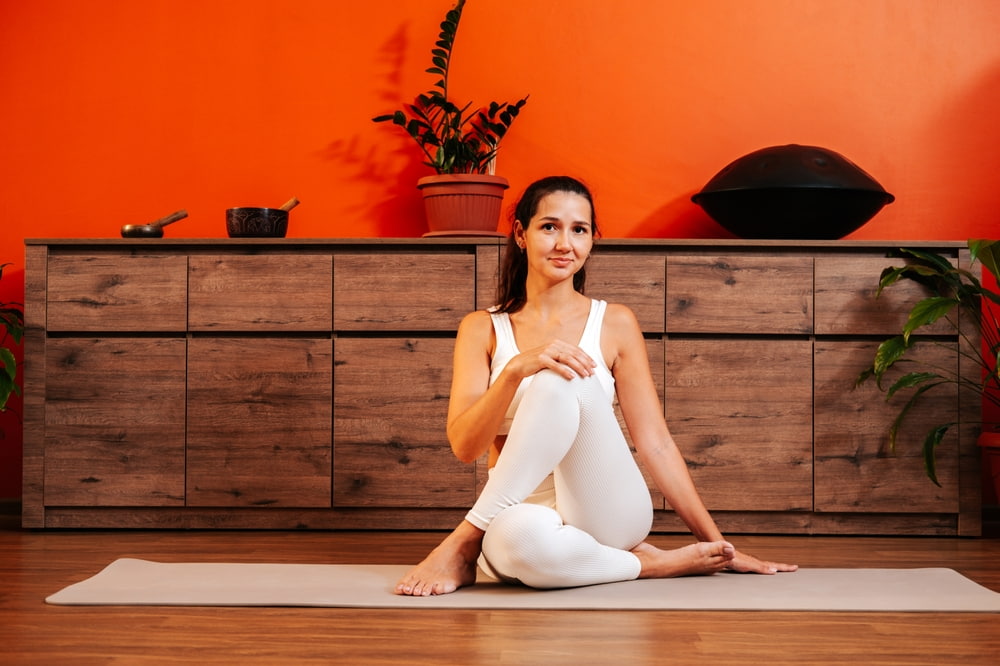

Low-impact exercise not only provides physical fitness, but it is also very beneficial for mental health.
Here are some of the essential benefits of this type of exercise:
Reduces the risk of injury: These exercises put less stress on the body’s joints, such as the knees, ankles, and hips. As a result, it is very safe for those new to exercise or those recovering from an old injury.
Suitable for everyone: This exercise can be easily performed by people of any age, including pregnant women and those with various physical conditions. It is an easy way to enter the world of exercise.
Improves heart and lung health: Regular low-impact exercises, such as walking, swimming, or cycling, strengthen the heart and increase lung function, which is beneficial for overall cardiovascular health.
Strengthens muscles and bones: These exercises gradually strengthen the body’s muscles and help increase bone density. This reduces the risk of diseases such as osteoporosis.
Helps with weight loss: Although these exercises do not burn calories as quickly as high-impact exercises, regular practice can contribute to gradual and permanent weight loss. It keeps the metabolism active.
Reduces stress: During exercise, the body releases hormones called endorphins, which keep the mind calm and cheerful. Low-impact exercise is particularly effective in reducing stress and anxiety.
Increases flexibility and balance: Low-impact exercises, such as yoga or tai chi, improve the body’s flexibility and balance. This brings comfort to daily activities and reduces the risk of falls.
Easy to do at home: Most low-impact exercises require no special equipment or a gym. They can be easily done at home using a yoga mat or a chair.
Examples of some practical exercises
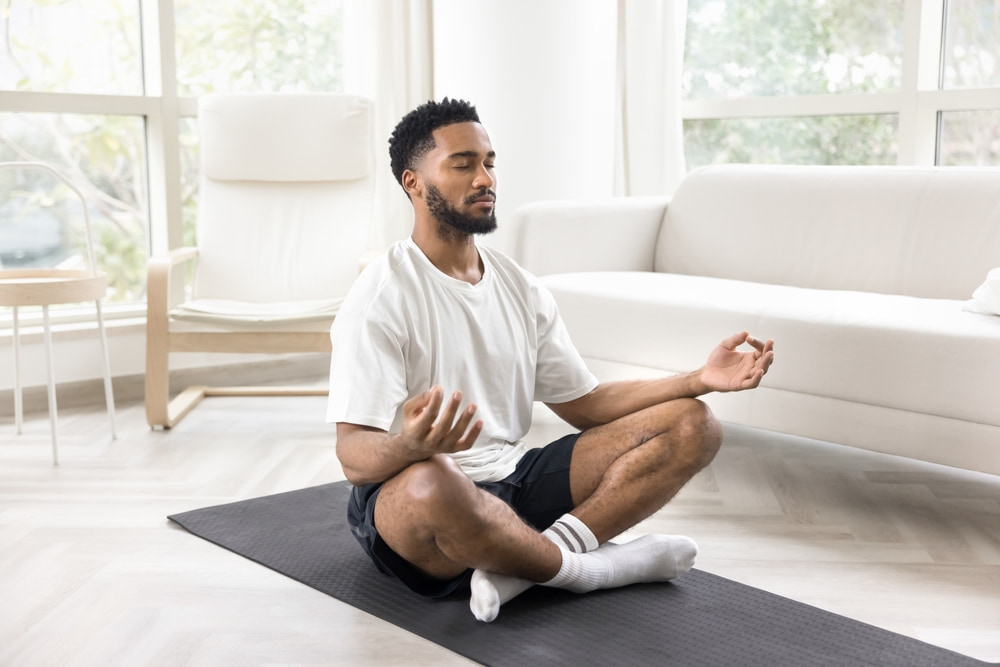

Harvard Health articles and studies highlight the benefits of low-impact workouts (yoga, tai chi, elliptical, resistance training) for joint safety, muscle health, and mental well-being.
Here are some of the low-impact exercises that you can easily do at home:
Walking: This is the easiest and most effective low-impact exercise. Walking at a fast pace keeps the heart healthy and helps burn calories. You can walk anywhere, indoors or outdoors.
Swimming: Swimming is a great all-around exercise. It effectively engages every muscle in the body, without placing any stress on the joints or bones.
Cycling: Riding a stationary bike or a regular bike is an excellent cardio exercise. It strengthens the leg muscles and helps burn calories, without putting stress on the knees or ankles.
Yoga: Yoga makes the body flexible, strengthens the muscles, and increases mental peace. Various postures and breathing exercises improve the balance and stability of the body.
Pilates: It is known for strengthening the core muscles of the body. Pilates helps improve the flexibility, posture, and balance of the body, especially the abdominal and back muscles.
Tai Chi is a Chinese martial art known for its slow and flowing movements. Tai Chi is highly beneficial for improving the body’s flexibility, balance, and focus. It is perfect for older people, as it reduces the risk of falls.
Slow jogging: It is done at a slower pace than regular running. It improves heart health and puts less stress on the joints. This is a good option for those who feel uncomfortable with regular jogging.
A sample workout routine


Step 1: Warm-up (5 minutes)
Warm-up prepares the muscles and reduces the risk of injury.
Jogging in Place: 2 minutes. Lightly jog in place; no need to lift your knees too high.
Arm Circles: 1 minute. Straighten both arms in front of you and rotate them in large circles (30 seconds forward and 30 seconds back).
Hip Circles: 1 minute. Keep your waist straight and rotate it in circles (30 seconds to the right and 30 seconds to the left).
Neck Rotates: 1 minute. Carefully rotate your head slowly in circles (30 seconds in one direction and 30 seconds in the opposite direction).
Step 2: Main Exercises (25 minutes)
Do each exercise for 30-45 seconds and rest for 15-20 seconds after each workout. Repeat the entire set 2-3 times.
Walking Lunges: This strengthens the leg muscles. Extend one leg forward with your knee bent at a ninety-degree angle and keep the other knee almost touching the floor. Then, bring the other leg forward and do the same.
Standing Leg Raise: This exercise is beneficial for improving balance and strengthening the leg muscles. With the help of something, keep one leg straight and slowly raise it to the side.
Wall Push-Up: This strengthens the chest and arm muscles. Stand facing a wall, place your hands on the wall, and slowly move your body towards the wall.
Glute Bridge: This exercise is excellent for strengthening the gluteal muscles. Lie on your back on the floor and bend your knees, then lift your waist and hold for a few seconds.
Plank: This strengthens the core muscles of the body. Create a straight board-like position by placing your body weight on your elbows and toes.
Step 3: Cool-Down (5-10 minutes)
Cool-down relaxes the muscles and returns the body to its normal position.
Hamstring Stretch: Sit with one leg straight in front of you and try to touch your toes by bending forward from your hips.
Quadriceps Stretch: Hold something in one hand to maintain balance. Then, with the other hand, grab your ankle and pull it towards your buttocks.
Cat-Cow Stretch: Get into a position on your hands and knees. Bend your back down as you inhale and round your back upwards as you exhale.
Who can do low-impact exercises?
The most significant advantage of low-impact exercises is that they are suitable for almost everyone. Since this type of exercise puts less stress on the body, it is safe and beneficial for a wide range of people.
New exercisers: This is an excellent starting point for those who are beginning to exercise for the first time and want to prepare their bodies for exercise gradually.
Older individuals: These exercises are particularly beneficial because they do not put undue stress on the joints or bones, thereby reducing the risk of age-related physical problems.
People recovering from injuries: This is a safe way for those who are recovering from an old injury. These exercises help strengthen muscles and restore flexibility, without placing additional stress on the injured area.
People with physical problems: For those with arthritis or joint pain, these exercises help reduce pain and increase physical capacity.
People who want to stay active: This is an excellent option for those who enjoy working out but prefer low-impact exercises, such as walking or cycling.
A few words from CorewellFit
Low-impact exercise is not only a physical activity, but it is also an effective way to live a healthy and long life. This proves that effective exercise does not always require excessive stress on the body. These exercises are suitable for everyone, especially those new to exercise, those recovering from an injury, or those who cannot engage in strenuous exercise due to age or health limitations.
By regularly engaging in activities such as walking, yoga, or other low-impact exercises at home, you can maintain both physical well-being and mental peace. Remember, the best exercise is the one you can do regularly and enjoy. Start your easy journey of low-impact exercise today and experience the positive changes it brings to your lifestyle.
Joseph Andrew is a health and fitness writer at CoreWellFit, dedicated to making fitness simple, effective, and accessible for everyone. He specializes in home workout strategies, strength training, and wellness guidance, with a focus on practical tips that fit into busy lifestyles. Joseph also reviews fitness products and training gear, helping readers make informed choices that support their goals.

